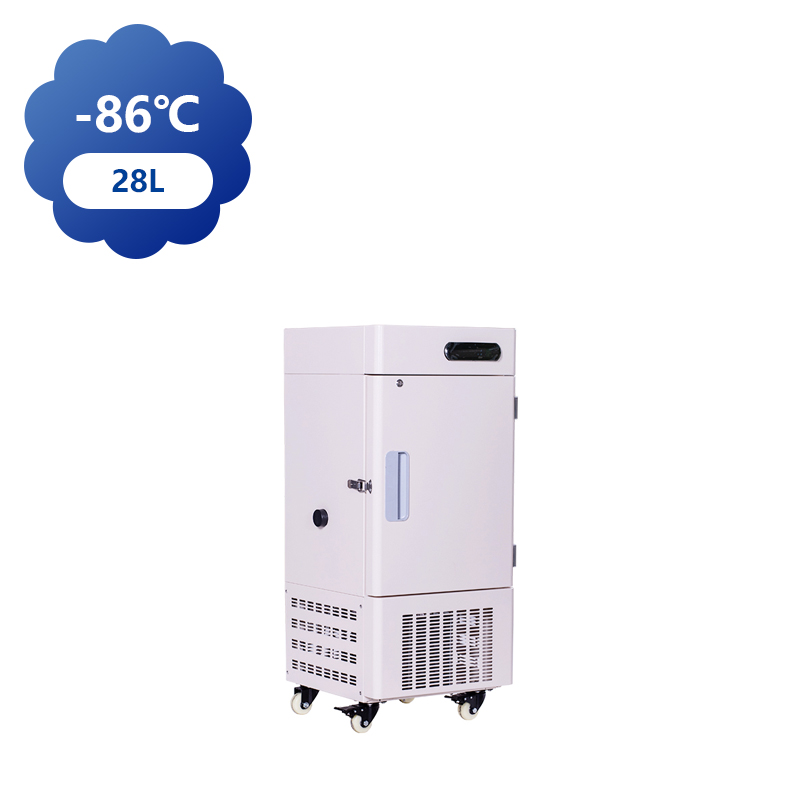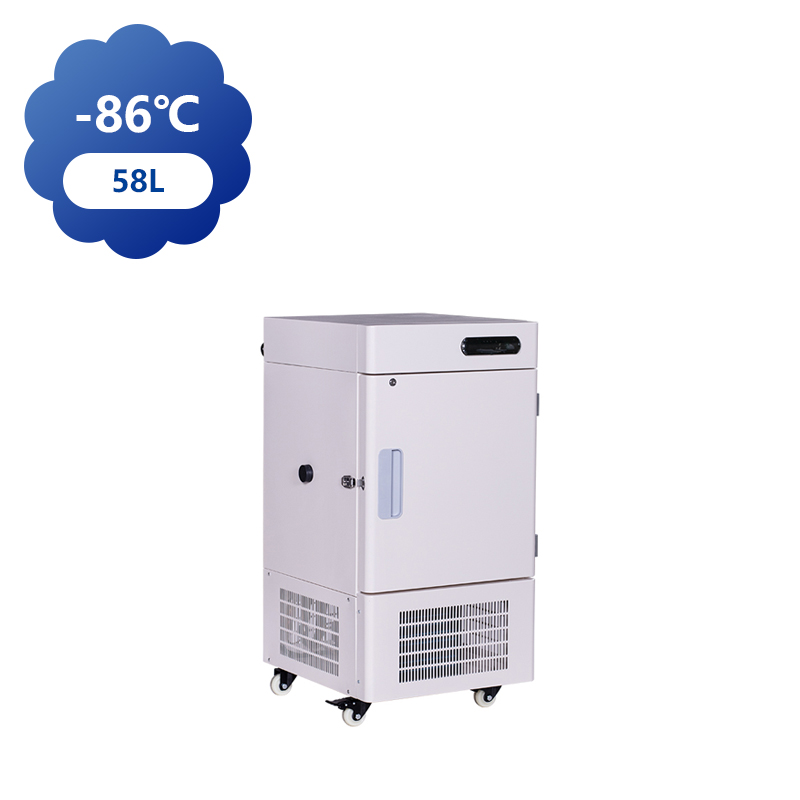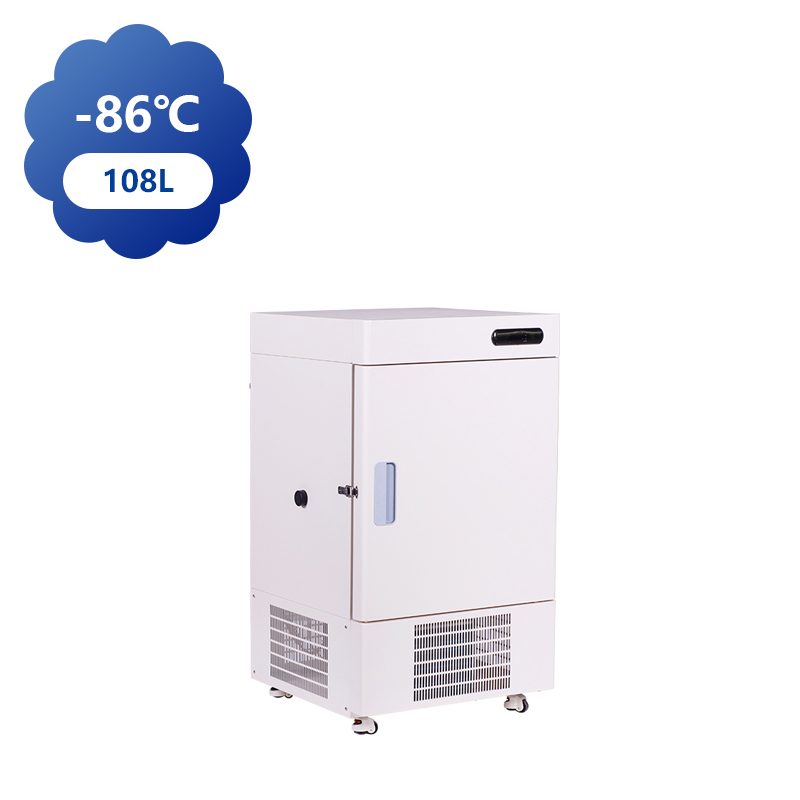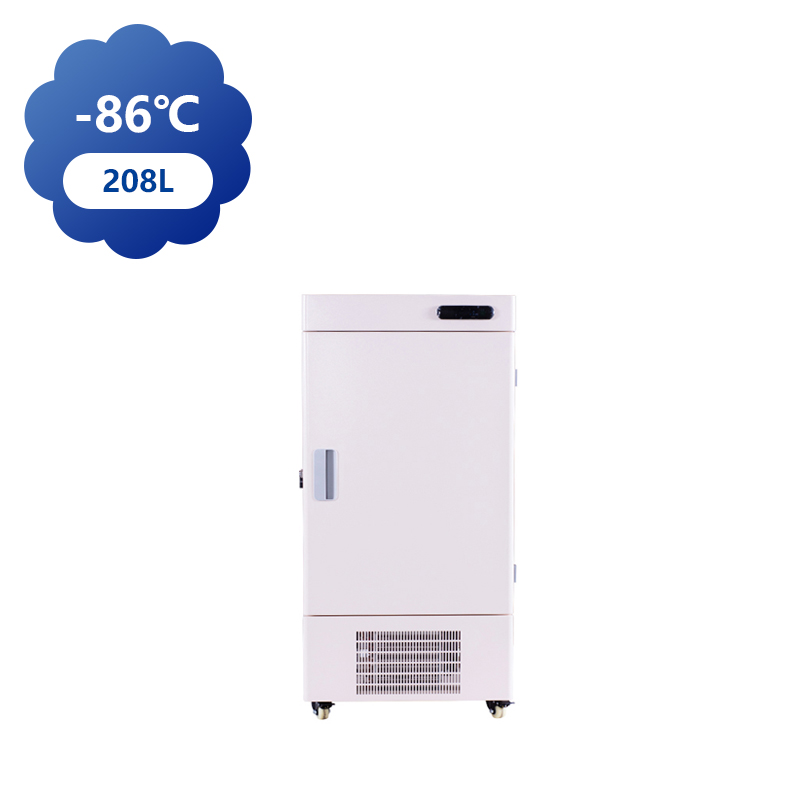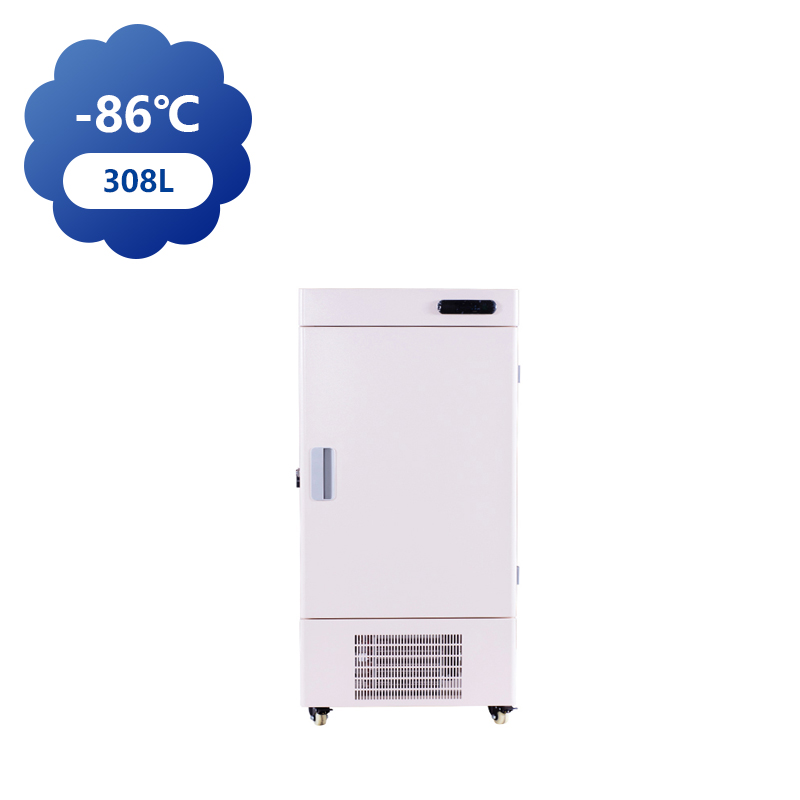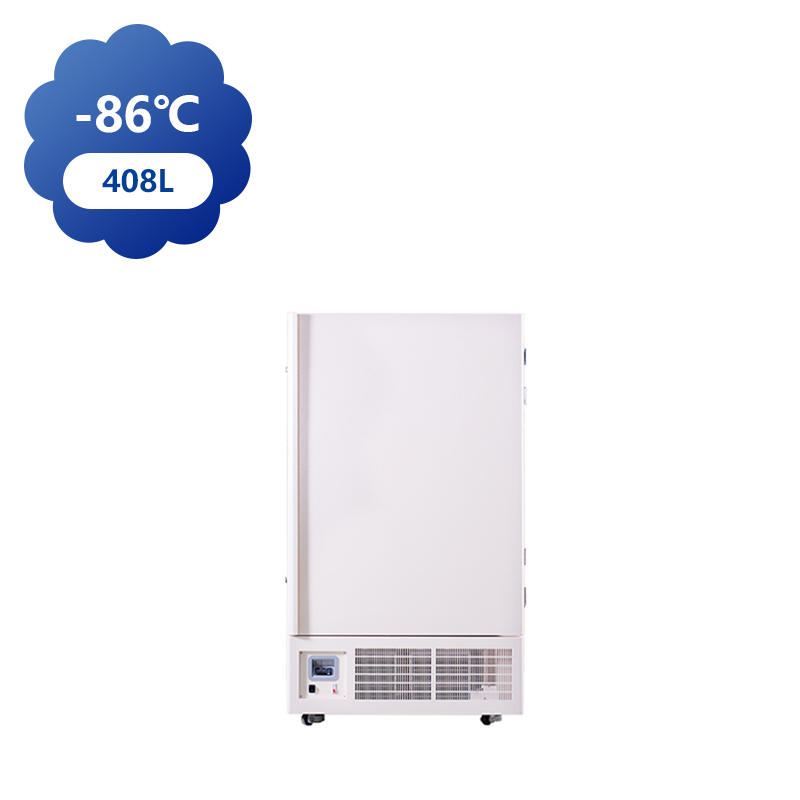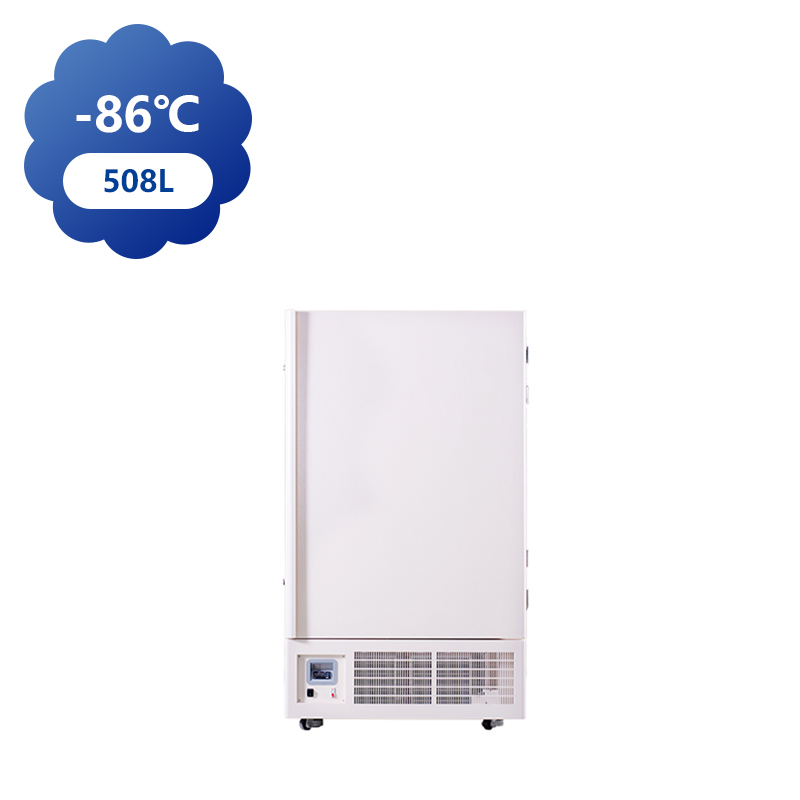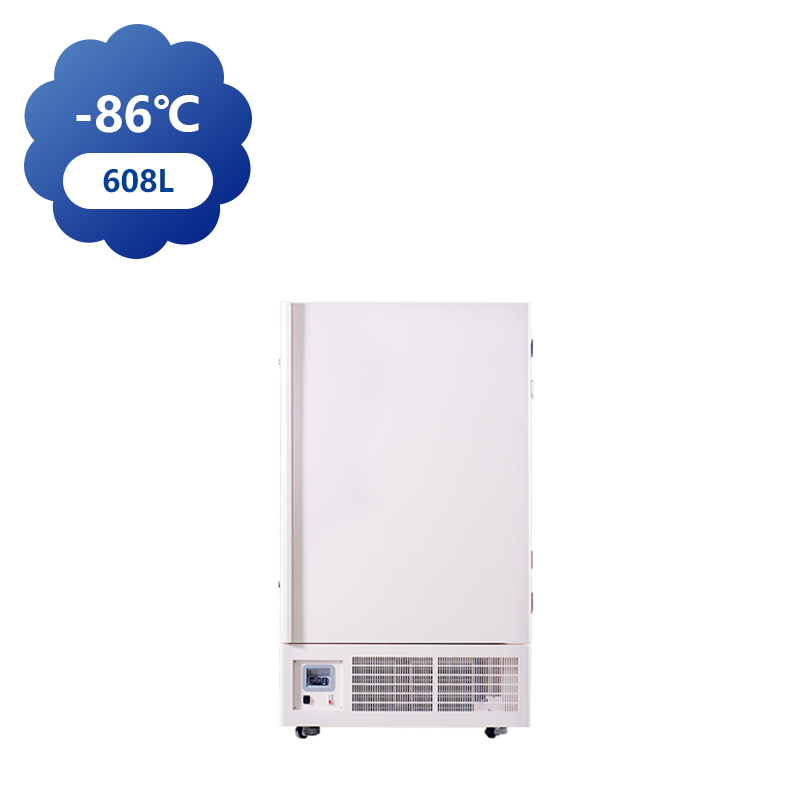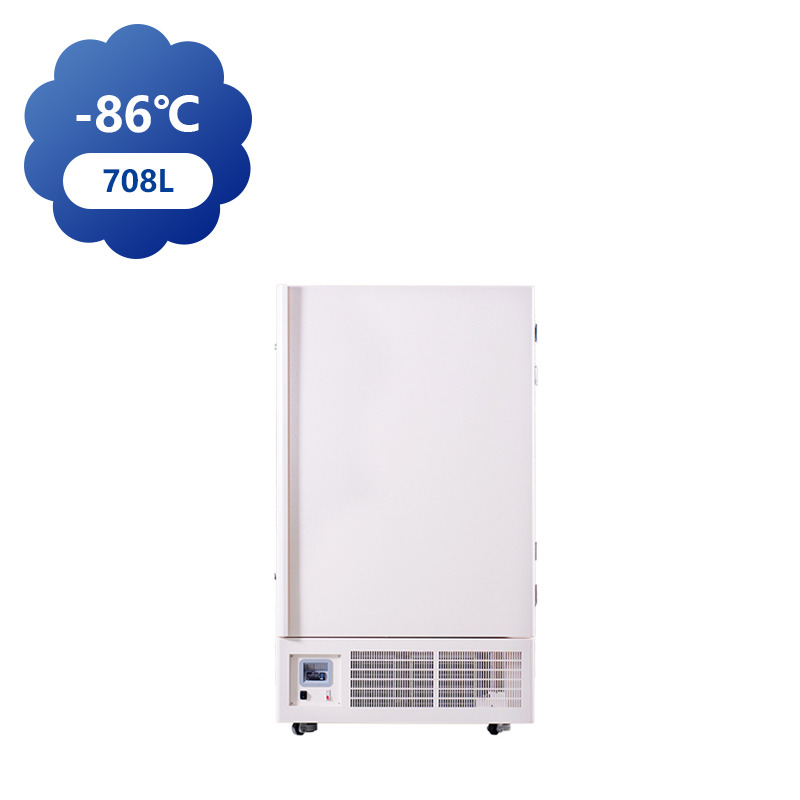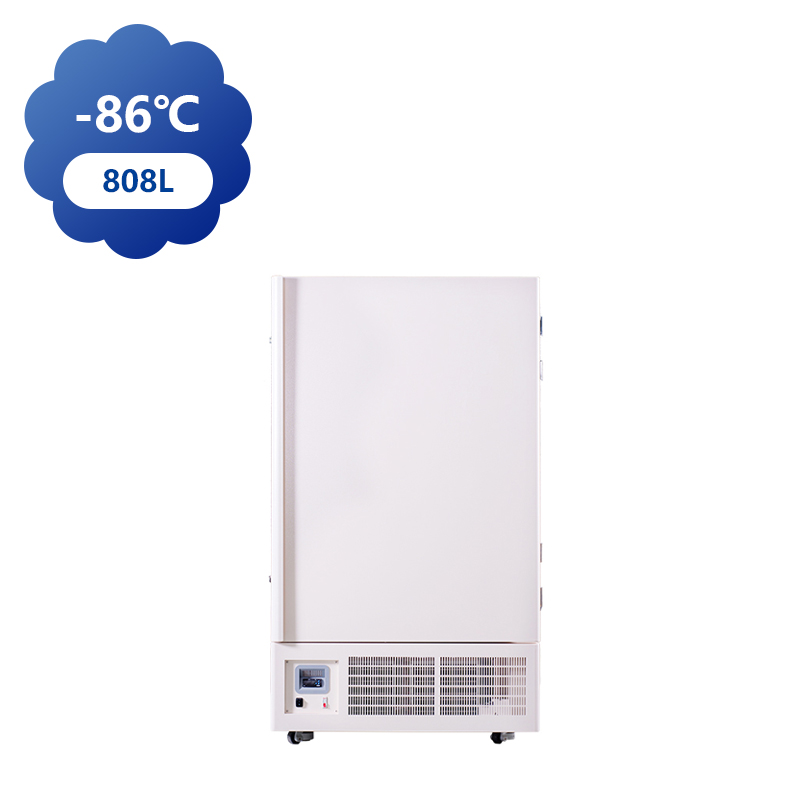You can contact to me using this form.
Ultra-low temperature refrigeration is a technology that improves the performance of a substance by lowering its temperature. It can cool the temperature of a substance to tens of degrees below zero or even lower, reaching the temperature that can be shown in the current temperature table, below -273.15℃ (zero degrees). The physical principle of ultra-low temperature refrigeration is to transfer it from a low temperature environment to a high temperature environment by compressing the refrigerant, and then compressing and expanding the refrigerant to achieve the cooling of the low-temperature object.
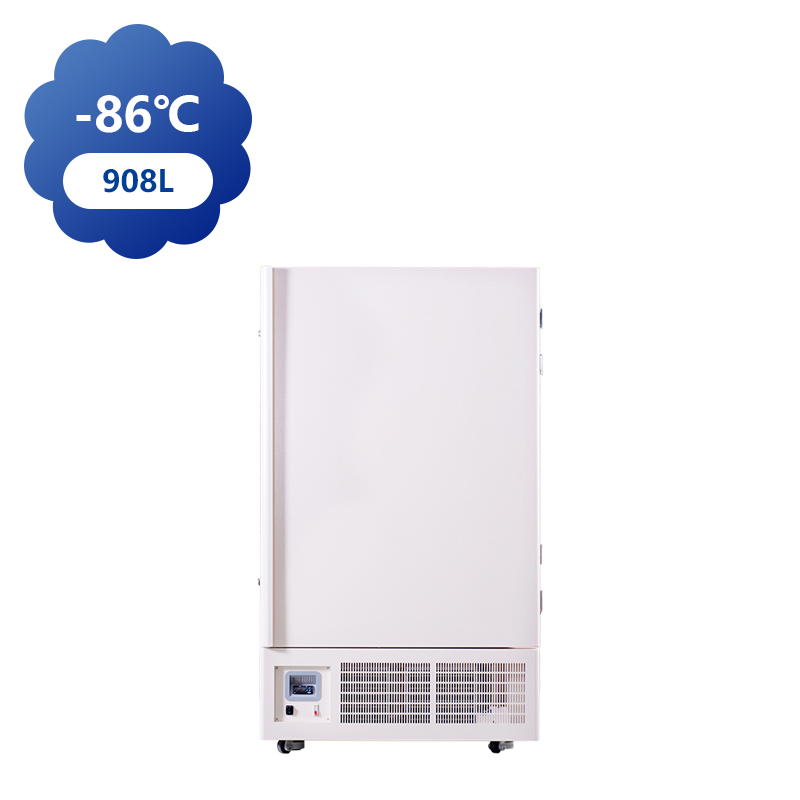
Ultra-low temperature refrigeration technology is mainly used in the following fields:
Ultra-low temperature refrigeration is widely used to preserve biological samples, drugs, vaccines, cells, etc. It can inhibit biological activity and effectively slow down the metabolic reaction of organisms.
Ultra-low temperature refrigeration is also widely used in aerospace and defense fields. It can make certain metal materials and fuels, such as liquid hydrogen, more stable, and improve the performance of weapons such as rockets and missiles.
Ultra-low temperature refrigeration can also facilitate the storage and transportation of energy. For example, the use of superconducting materials and ultra-low temperature refrigeration can improve the energy efficiency of certain electronic devices.
In short, ultra-low temperature refrigeration technology plays an important role in many fields. Through continuous innovation and technological improvement, more emerging applications may emerge in the future.
Ultra-low temperature (ULT) freezers play an essential role in the storage of vaccines, particularly those that require storage at temperatures far below freezing, such as -70°C to -86°C. The development and widespread use of these ULT vaccine freezers have had a profound impact on the pharmaceutical and healthcare industries, especially in the wake of global health crises like the COVID-19 pandemic. However, the price of ULT vaccine freezers has been a significant factor influencing their adoption and availability, especially in resource-constrained environments.
The high cost of ULT freezers, particularly those designed for vaccine storage, has been a barrier for many countries and institutions, especially in developing regions. These freezers require advanced cooling technology, precision engineering, and high-performance insulation materials, all of which contribute to their elevated price tags. As a result, organizations that require reliable and safe storage for vaccines face considerable upfront investment costs, which can be prohibitive for some.
However, the price of ULT vaccine freezers has started to decrease in recent years, thanks to advances in refrigeration technology, more efficient manufacturing processes, and greater competition among suppliers. This reduction in price has made these freezers more accessible to a broader range of healthcare providers and organizations, including government agencies, non-governmental organizations (NGOs), and private healthcare facilities. The price drop is also helping to increase the global distribution of vaccines, especially in regions where access to cold-chain infrastructure has historically been limited.
Ultra-cold refrigeration, which refers to refrigeration systems that can maintain temperatures well below the standard freezing point, has gained significant importance in various fields, particularly in the medical, pharmaceutical, and research sectors. Ultra-cold refrigeration systems, capable of achieving temperatures as low as -80°C to -150°C, are now crucial for the safe storage and transportation of materials like vaccines, biological samples, and chemicals. The emergence of this technology marks a milestone in addressing the evolving needs of industries requiring precise and reliable cold storage.
The need for ultra-cold refrigeration has grown in parallel with advances in biotechnology and pharmaceuticals. For instance, vaccines for diseases like COVID-19 require storage at temperatures significantly lower than traditional freezers can offer. The widespread rollout of mRNA vaccines, which need to be stored at ultra-low temperatures to maintain their stability, has brought ultra-cold refrigeration into the global spotlight. This development highlighted the importance of having a reliable and efficient cold chain infrastructure capable of storing and transporting temperature-sensitive products.
Technological advances in refrigeration systems have played a major role in the emergence of ultra-cold refrigeration. Modern ultra-cold freezers now utilize advanced insulation materials, such as vacuum-insulated panels and high-density foam, to minimize temperature fluctuations and reduce energy consumption. Furthermore, these systems have become more energy-efficient, offering sustainable and cost-effective solutions for long-term storage.
One of the primary benefits of ultra-cold refrigeration is its ability to preserve the integrity of sensitive biological materials, ensuring that they remain viable for research or use in medical treatments. Additionally, the ability to store and transport these materials at ultra-low temperatures has revolutionized industries like gene therapy, stem cell research, and personalized medicine, where the preservation of biological samples is paramount.
The demand for ultra-cold refrigeration extends beyond healthcare. The technology has applications in food preservation, with some frozen food products requiring storage at extremely low temperatures to maintain freshness and extend shelf life. Furthermore, ultra-cold refrigeration is also used in the transportation of sensitive chemicals and laboratory reagents, where maintaining a stable temperature is crucial for their effectiveness.



 中文简体
中文简体 English
English Français
Français عربى
عربى +86-15988502726(wechat)
+86-15988502726(wechat)